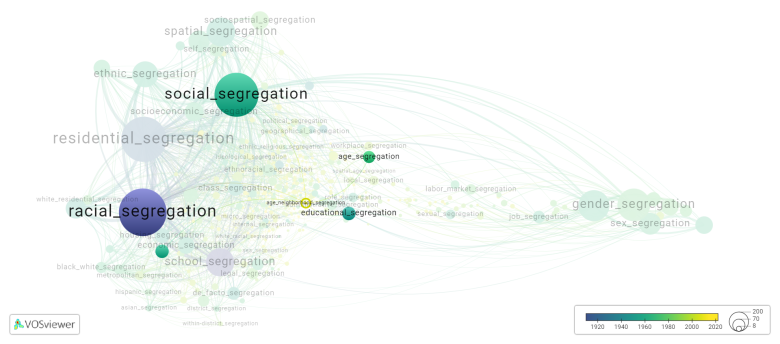Age neighborhood segregation
Date and country of first publication[1][edit | edit source]
2015
United States
Definition[edit | edit source]
Age neighborhood segregation refers to the phenomenon where people of different age groups tend to live in separate neighborhoods or regions within a city or town. This can be due to various factors such as economic status, lifestyle preferences, access to amenities and services, and historical patterns of residential segregation.
In some instances, older residents may prefer to live in quieter, more established neighborhoods with better access to healthcare facilities and amenities for retirees, while younger residents may gravitate towards vibrant, culturally rich neighborhoods with more entertainment options and opportunities for socializing.
Age neighborhood segregation can have social and economic implications, as it can lead to disparities in access to resources and opportunities for different age groups. It can also impact community cohesion and social interactions, as people of different ages may have limited opportunities to interact and engage with one another in a segregated neighborhood. Efforts to promote intergenerational living and community integration can help to address age neighborhood segregation and create more inclusive and vibrant communities.
See also[edit | edit source]
Related segregation forms[edit | edit source]
Age neighborhood segregation is frequently discussed in the literature with the following segregation forms:
racial segregation, educational segregation, social segregation, neighborhood segregation

This visualization is based on the study The Multidisciplinary Landscape of Segregation Research.
For the complete network of interrelated segregation forms, please refer to:
References[edit | edit source]
Notes[edit | edit source]
- ↑ Date and country of first publication as informed by the Scopus database (December 2023).
At its current state, this definition has been generated by a Large Language Model (LLM) so far without review by an independent researcher or a member of the curating team of segregation experts that keep the Segregation Wiki online. While we strive for accuracy, we cannot guarantee its reliability, completeness and timeliness. Please use this content with caution and verify information as needed. Also, feel free to improve on the definition as you see fit, including the use of references and other informational resources. We value your input in enhancing the quality and accuracy of the definitions of segregation forms collectively offered in the Segregation Wiki ©.
Age neighborhood segregation appears in the following literature[edit | edit source]
Brasington D.M., Hite D., Jauregui A. (2015). House price impacts of racial, income, education, and age neighborhood segregation. Journal of Regional Science, 55(3), 442-467. https://doi.org/10.1111/jors.12173
